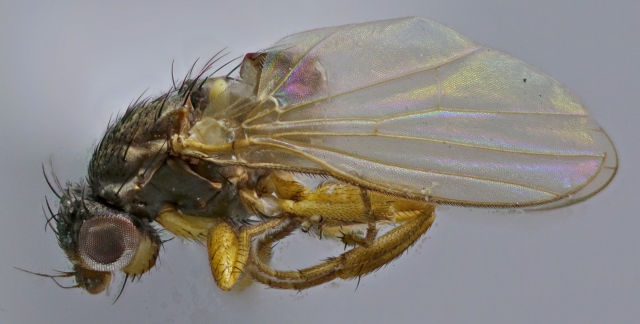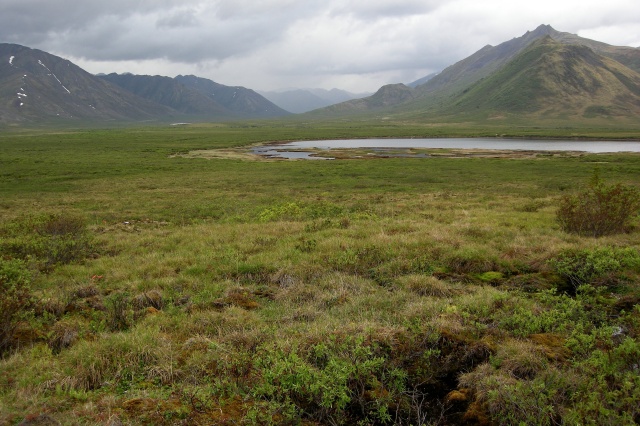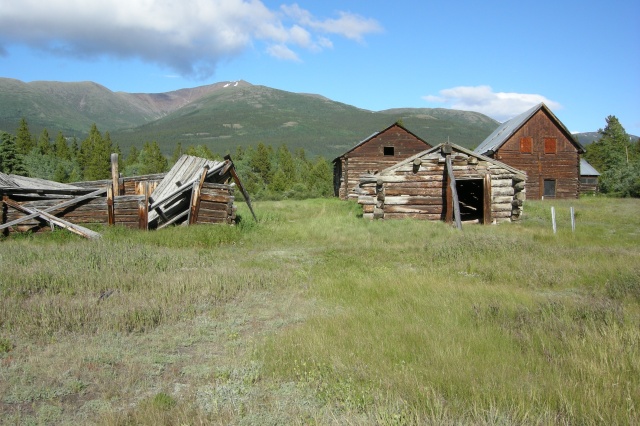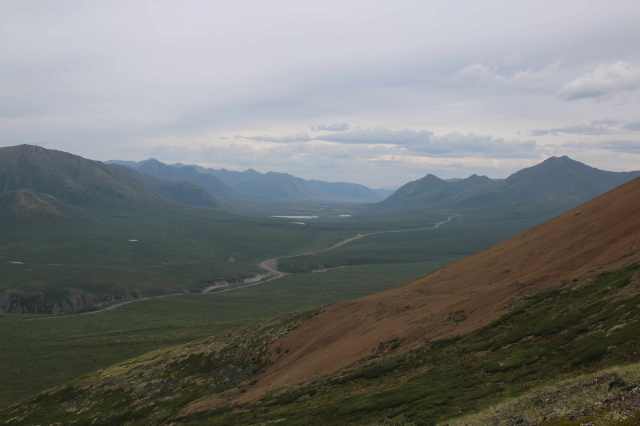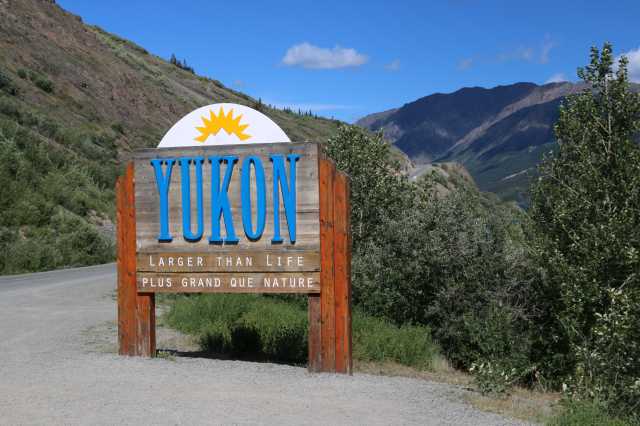Last week, in the midst of my 50s, I discovered the delightful horror of allergies. When I got the sore throat, I assumed it was a cold. And then my eyes caught fire. And then I got all the other symptoms from those antihistamine commercials. I did not like it. I searched the pharmacy, through unfocused, weepy eyes, to find where they keep the allergy drugs. I found a brand name that I recognized. I took the pills. They did not work as miraculously as they did on TV. But I have much work to do so I struggled on as best I could. And it was tough.
A few of my students have dealt with seasonal allergies over the years. I could see that some days were really hard for them, and some days we accepted that not much was going to get done. It’s especially tough on field work, but that’s one of the reasons we always schedule free days in the field. People are going to have days when work just can’t be the top priority. It’s the nature of being both a scientist and a human. But now I finally, really, get it. And I have a much greater appreciation for the students who have tried to tough it out through the bad days.
Given how many different people, with different lives and different challenges, interact on our pathways through academia, it’s no surprise at all that empathy for the challenges that our students and colleagues face is sometimes easy, and sometimes it’s harder. I can put Allergy Days into the serious empathy pile now.
I’ve also known several students over the years who have had to deal with mental illness. It’s been a sobering realization for our community just how common mental illness is, for for people all through the academic hierarchy, in the increasingly stress-filled and high-speed world of academia. It’s a hugely important issue, and we need to acknowledge that, and talk about it, more than we do.
In the early years, I had a hard time understanding what some of the students were going through. I could listen if they wanted to talk, or try to recognize when they were having bad days, and try to help find ways to help get through the tough parts, but it was hard sometimes because I didn’t really have a frame of reference to relate to their illness. So I didn’t always appreciate how hard it was for them. I still feel bad sometimes about not doing better as a supervisor or mentor or advisor with some of them.
A few years ago I started getting a better sense of what some of those students were going through, as mental health problems started to have an impact on my own work, and the rest of my life. For me, a combination of an increasing inability to focus on necessary tasks, even simple ones, and crushing anxiety when those unfinished tasks piled up on me, made some days really tough. Sometimes paralyzingly tough. And the more responsibilities I took on, or were offloaded onto me, the tougher things became. That’s when I understood, really, really well, how hard it had been for some of the students, and it also made it easier to relate to the students who were dealing with different kinds of mental health issues. In losing some control in my own career, I finally understood how to relate to students and colleagues who were dealing with similar problems in theirs. It was an eye-opener.
Like this year’s new allergies, I didn’t ask for that shot of empathy that made it easier to appreciate the importance of paying attention to, and taking care of, your mental health. But it’s made it a lot easier to understand why, sometimes, that thesis or manuscript or data analysis needs to be put on hold for a few weeks, or why somebody just does not need to be in the lab for a few days, or why some days are good for meetings and some are not. It’s made it a lot easier to understand why our lab policy to schedule days off during fieldwork is a good one. It’s made it a lot easier to understand why talking about the challenges we’re dealing with, when people choose to talk about them, can be a really good thing. During my bad stretches, people who know what’s been going on with me have been understanding and supportive, and that makes a huge difference. Some of my students and co-authors were amazingly patient with me (even though they had no choice) as it took me far too long to get things back to them. A few people were patient until I inconvenienced them, and then they stopped being patient. It’s understandable I guess. We’re all only human, and I think they didn’t know what was going on with me, or didn’t get it, just like I didn’t always get it in the past when dealing with other people.
But all of this reminds me that one of the most important things I can give my own students is patience. Because sometimes we all need everybody else to cut us some slack.
Not every day in this game is going to be a good day. And just because somebody isn’t doing well or producing, it doesn’t mean they’re slacking off on purpose. The good thing is that universities are starting to take student and staff mental health more seriously, and there are often good resources available. If you’re a student, take the time to find them, in case you feel like they might help. And don’t be afraid to ask for help, no matter how insignificant or fleeting you think your problems may be. And if you’re somebody who teaches or supervises students, you should find out about those resources too. Not everybody wants to talk about their health issues, but if they do, it’s good to know there’s somebody there to listen, and what the options are.
As for my own health, learning how to deal with any new challenge takes time. And there is a huge range of ways in which we deal with it, depending on the person and the nature of the illness. What works for one person won’t work for another. Because we’re all different. Although I have good days and bad days, this year is starting out better than last year and the year before. I’m optimistic that the next year will be even better. Part of it has been learning what I can and can’t manage, and convincing myself to let go of the things that have the potential to cause the biggest problems. Some research projects won’t get finished. Some administrative things I wanted to do won’t get done. None of those decisions will result in the collapse of civilization. My lab is smaller than my university would probably like it to be. But my students are all good scientists and good collaborators. We’ll do cool research. We’ll publish good papers. They’ll go on to careers that will hopefully make them happy. I’ll be on sabbatical for the next year and I’m looking forward to spending more time collaborating on that research with my students, finishing off some lingering projects of my own, and starting some exciting new things.
These allergies though. This just sucks.



